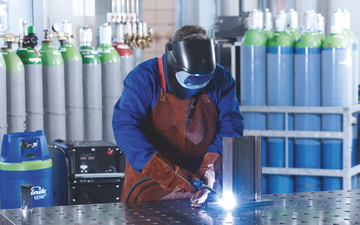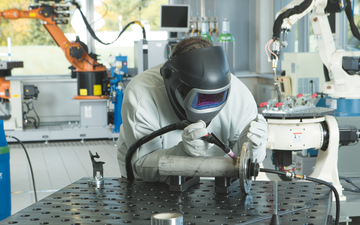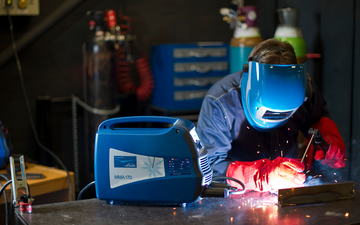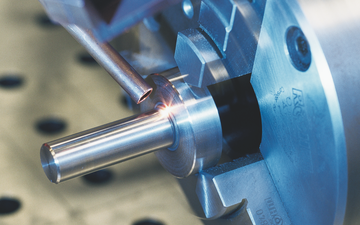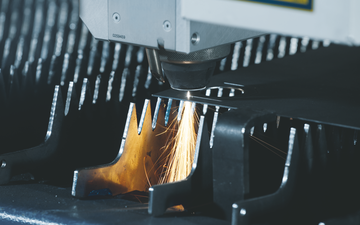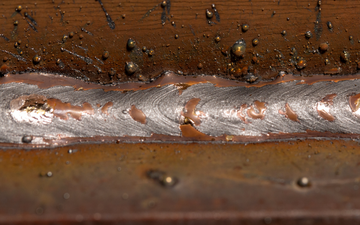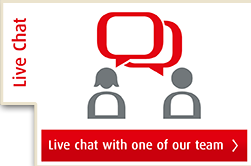- Official BOC UK Online | Industrial Gases | Products & Solutions | BOConline UK
-
Shop
- Industries
- Processes
- Gases & Equipment
-
Solutions
-
Services
-
Health & Safety
-
Contact & Support
- What's Happening
-
Net Zero Strategies
Welding
Welding is probably the most common joining method used in industry today
Welding is a process which uses the application of heat and/ or pressure to join two or more component parts together. The parent materials melt and fuse together forming a continuous, permanent joint. Consumables or filler material may be added while the material is in a molten state to further enhance the quality, properties or size of the welded joint.
The way that the heat required to melt the parent material is be applied is dependent upon the parent material type, form and productivity requirements
Electric arc welding is the most common metallic joining technique employed by industry. It produces a highly concentrated “hot spot”, can be used on virtually all metallic materials and, provided the correct technique is selected, will produce repeatable high-quality welds.
Several techniques are readily available such as Manual Metal Arc, Metal Inert Gas, Metal Active Gas, Tungsten Inert Gas, Submerged Arc, Plasma Arc. Some of these processes can be employed either manually or automatically and which process is selected depends upon many factors including the material type, form, and final component requirements.
The use of a highly concentrated laser beam as the heat source to melt the parent material is gaining popularity as a welding process. It typically forms a deeply penetrating, narrow weld bead. It is usually an automated process and can produce high-quality welds at very high speeds, it's main uses currently are within the aerospace, electronics and automotive sectors.
Most welding processes require a shielding gas to protect the molten weldpool, adjacent parent material and welding consumables from atmospheric contamination. The shielding gas also influences virtually all aspects of the deposited weld. The selection of the correct shielding gas mixture relevant to the particular process and application is essential to ensure the production of high quality, commercially acceptable welds.
